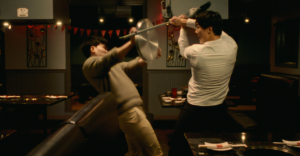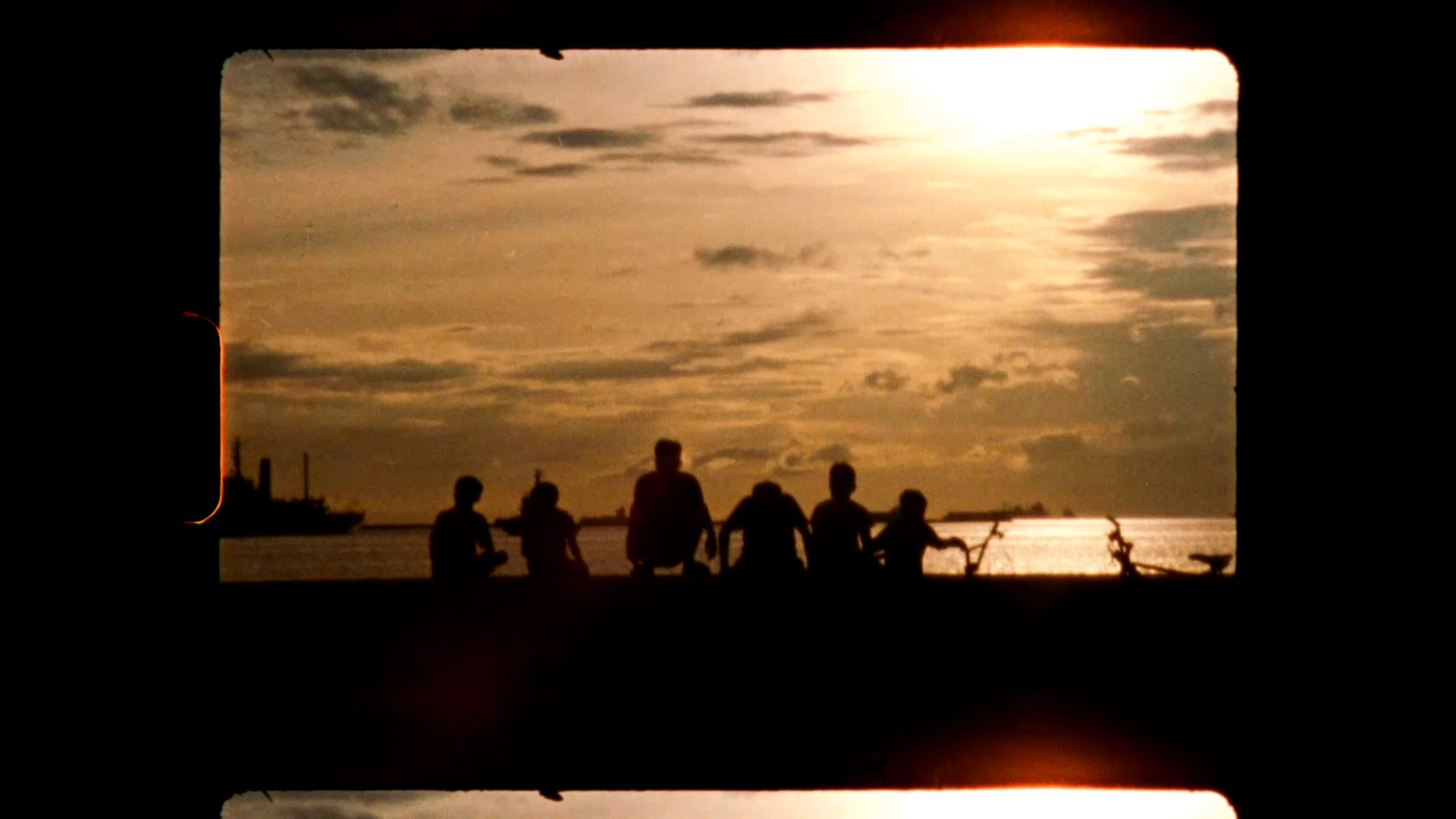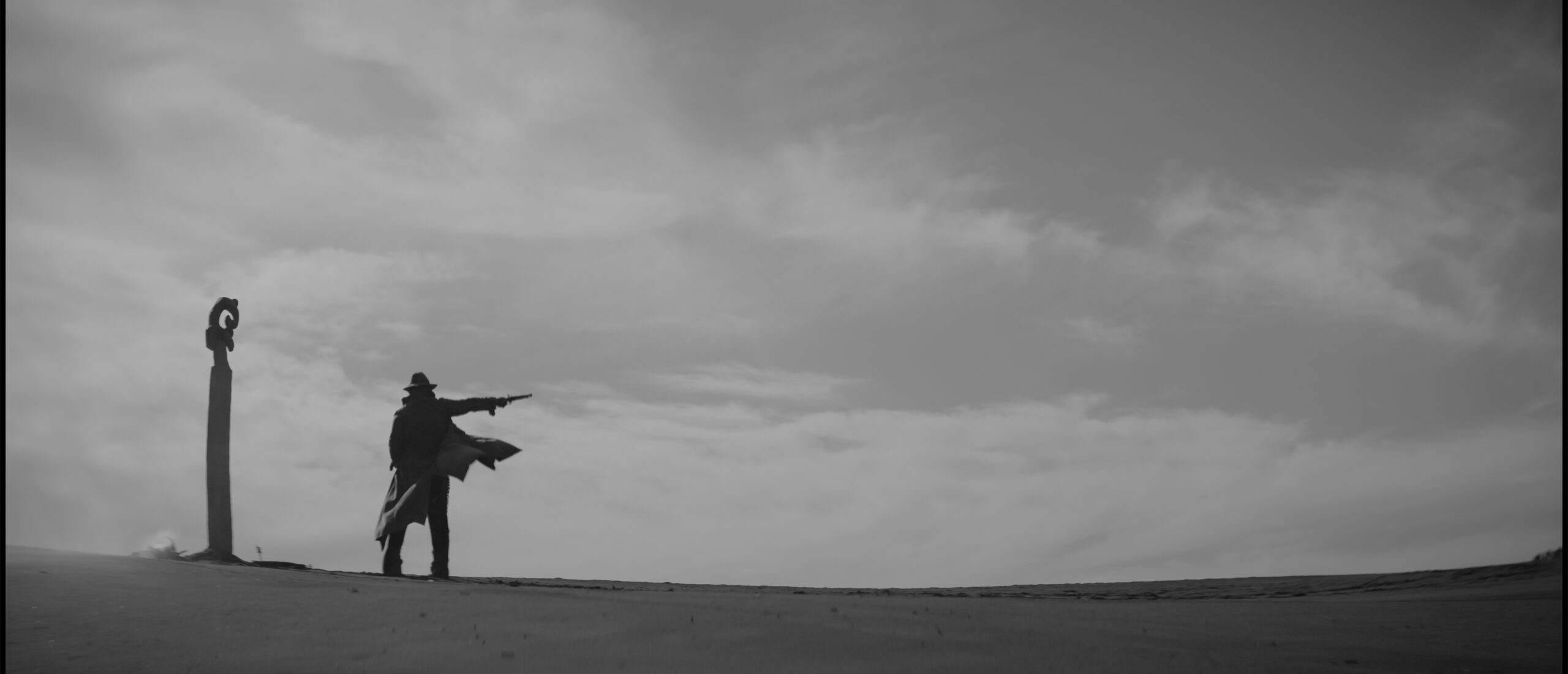What We Refuse: Films of Rebellion and Reckoning at LAAPFF 2025
July 24, 2025
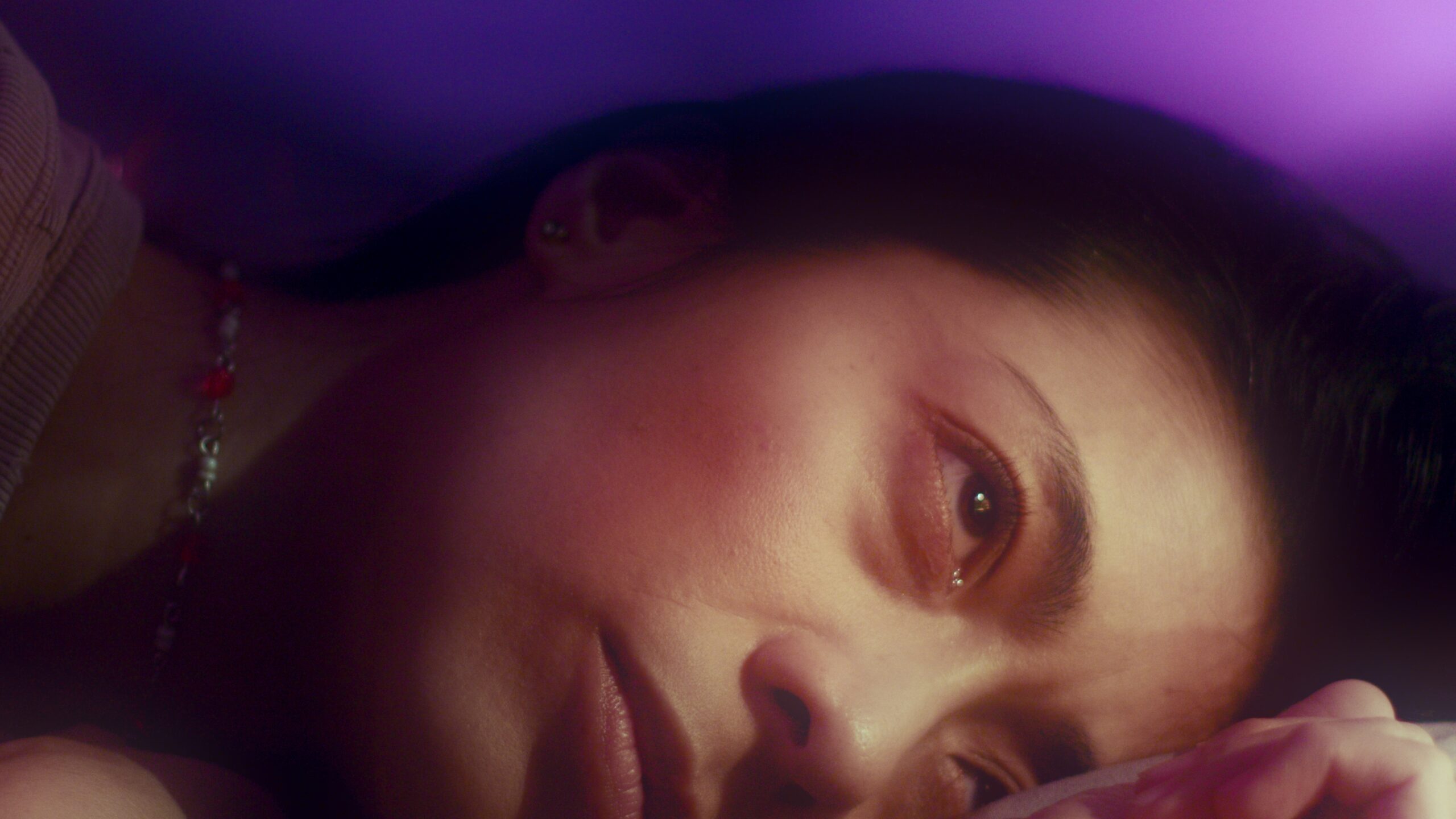
Written by Eseel Borlasa, After Bruce
At the 2025 Los Angeles Asian Pacific Film Festival, five short films refused to conform. Broken Mosaic, Sleep On It, Check Please, RUYA, and Side by Side each carved out space for emotional honesty, cultural subversion, and radical reimagining. In these works, rebellion isn’t just spectacle, it’s deeply personal. These films crack open the pressures of assimilation, gender roles, generational trauma, and cultural flattening, offering instead stories that are jagged, specific, and defiantly unresolved.
“What Happens When We Stop Performing?”
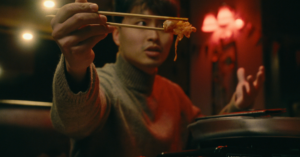
CHECK PLEASE (2024)
Across these films, rebellion takes many forms. Sometimes it’s awkward silence, other times surreal distortion. For Shane Chung, the writer-director of Check Please, it was about subverting the romantic comedy format entirely. “This film is about awkwardness as power; about what happens when we stop performing and just sit in the discomfort,” he said. Chung reflected on how casting and pacing became part of the subversion. “I didn’t want chemistry. I wanted tension. I wanted moments that linger just a little too long. That’s where the real story lives.”
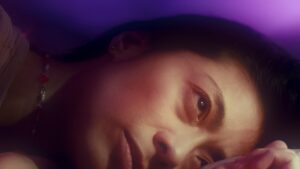
SLEEP ON IT (2024)
Frances Jacob echoed that spirit in her reflections on Sleep On It, which she wrote and produced: “Burnout isn’t just physical; it’s emotional and generational. Making Sleep On It was a kind of exhale.” She added, “I’ve spent so long feeling like I had to prove I was strong enough to keep going. This film says: maybe you don’t have to.”
For director Hix Murakami, Sleep On It is “a fever dream built from the moments we usually try to ignore: the breakdowns, the dissociation, the parts of ourselves we hide so we can keep performing for the world.” These moments unfold not through confrontation but through collapse, through the slowness of scenes that refuse to resolve. “Sometimes rest isn’t gentle – it ambushes you,” Murakami noted. “We wanted that discomfort to stay on screen.” He also spoke about how the process of directing became a space to challenge internalized expectations. “I’ve spent years thinking I had to be productive to feel worthy. With this film, I wanted to unlearn that. To direct from a place of intuition instead of control; to allow the story to unravel, like burnout itself does.”
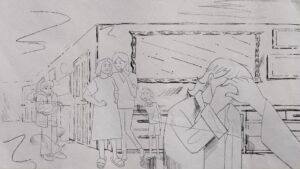
BROKEN MOSAIC (2025)
That sense of fragmentation is also central to Broken Mosaic. Mindie Armas crafts a film out of fractured timelines and layered memory. “The way we remember isn’t clean,” she said. “I wanted to build a story that mirrors the chaos of healing, where identity is always under revision.” She describes the structure of the film as emerging from her own attempt to understand family histories, where certainty was rare and contradiction constant. “It’s like trying to hold something fragile without breaking it more.” Armas also spoke to the intentional use of sound. “So much of our family history lives in what isn’t said. I wanted to fill the frame with that – the noise under the silence.”
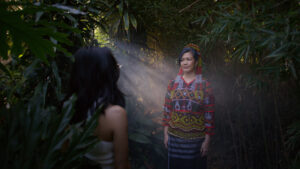
RUYA (2025)
Nicole Mairose Dizon takes that fragility and makes it spectral in RUYA, a poetic meditation on inherited silence. “RUYA means dream, and for me, it also means inheritance,” she said. “There’s so much we don’t talk about. This film was a way for me to sit with that silence and give it shape. Not to solve it, but to acknowledge it.” Dizon embraces dream logic not just as aesthetic, but as an ethical choice; a refusal to flatten memory into tidy arcs. “When we force clarity too quickly, we lose something. This film asks you to be okay with not knowing.”
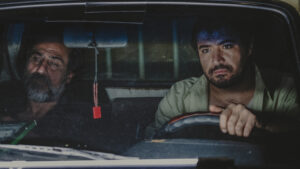
SIDE BY SIDE (2024)
Amir Raisian’s Side by Side resists in softness. “This was a love story,” he said, “but also a protest against the idea that queerness is only legible through pain.” In one scene, two characters simply breathe together. “That’s where the rebellion is – in refusing to rush, to explain, to dramatize. Just being is enough.” Raisian also shared how filmmaking itself became a kind of survival. “Telling a story this quietly, this tenderly, was the hardest part. But I knew it was necessary. I wanted the joy to feel earned, not escapist.”
Inventing New Forms
These films don’t just challenge dominant narratives; they reshape the very language of storytelling. Structure becomes political, aesthetics become protest. Mindie Armas uses jagged timelines and layered audio to reflect emotional fragmentation. “The structure came from memory itself – messy, fractured, cyclical,” she shared. Hix Murakami echoed this approach, noting that Sleep On It “was never meant to follow a straight line. The narrative spirals because that’s how burnout feels. It loops. It traps you.”
Nicole Mairose Dizon’s RUYA also bends form, leaning into ambiguity. “I don’t want resolution. I want resonance,” she said. “Let the questions hang.” Amir Raisian pointed to rhythm as a tool for intimacy. “There’s a heartbeat to queerness that doesn’t always show up in traditional plot. I wanted to follow that instead.” Shane Chung added, “I built awkward pauses into Check Please on purpose. The story is in the silence; in what characters are too scared or too bored to say.”
These filmmakers are not just telling stories differently. They’re telling different stories; stories that resist closure, reward patience, and trust the audience to sit with complexity.
Naming What’s Missing
Taken together, these films resist the tidy arcs and tropes often assigned to Asian and Pacific Islander lives. They speak to the things we’re told not to say: that healing is nonlinear, that masculinity is fragile, that joy can be a protest, that rest can be a revolution. They name what’s missing, not just in mainstream media, but in how we’re allowed to understand ourselves.
They also remind us that rebellion can look like stillness. That breaking the narrative can be the narrative. That love, memory, and exhaustion all have radical edges when told on our own terms.
At LAAPFF 2025, these filmmakers didn’t just reject systems, they reimagined what storytelling could do. They told truths without needing to explain. They broke things on purpose. They made art that lives in the mess.
That, too, is freedom.

 tweet
tweet share
share